It is worth mentioning that the development of spiritual tourism in recent times, although there have been many changes and become more civilized, still has many shortcomings, requiring timely measures to prevent negative changes.
There are still many "mistakes"

With the custom of going to the temple at the beginning of the year of many Vietnamese people, spiritual tourism continues to be attractive in the new spring. These days, relic and heritage destinations often organize activities to practice folk culture, beliefs, traditional festivals with spiritual elements, and pray for luck. According to records, popular spiritual tourism destinations are: Hung Temple (Phu Tho province); Huong Pagoda, Tay Ho Palace (Hanoi); Yen Tu Pagoda (Quang Ninh province); Bai Dinh Pagoda (Ninh Binh province); Tran Temple, Day Palace ( Nam Dinh province); Tay Thien Pagoda (Vinh Phuc province); Ba Den Mountain National Tourist Area (Tay Ninh province); Ba Chua Xu Temple (An Giang province); Truc Lam Zen Monastery in the Western region and Da Lat city...
This year, the activities of spiritual tourist attractions were managed and organized systematically, creating a joyful and attractive atmosphere for locals and tourists. Many tourist attractions welcomed a large number of visitors. Typically, Yen Tu Pagoda (Quang Ninh Province) welcomed about 80,000 visitors during the 9-day Lunar New Year holiday; Huong Pagoda (Hanoi) welcomed more than 87,000 visitors before the opening day and welcomed 1 million visitors during the 9-day Tet holiday; Ba Den Mountain National Tourist Area (Tay Ninh Province) welcomed nearly 280,000 visitors before Tet and more than 100,000 visitors on the opening day; Bai Dinh Pagoda (Ninh Binh Province) welcomed more than 70,000 visitors during Tet; Tran Temple (Nam Dinh Province) attracted 180,000 visitors on the opening day alone...
Although the festival and spiritual tourism season of the year of the Snake is considered to be quite peaceful, in some places, unsightly images such as people jostling and jostling, exchanging small change at different prices, and pushing and shoving, and snatching lucky money still exist. Among them, we must mention the phenomenon of exchanging small change that is common at the Tay Thien spiritual scenic area; the situation of grabbing cotton and snatching lucky money at the Duc But festival and the festival of playing the ball to snatch lucky money. On social networks, many people shared the scene of hundreds of people jostling and jostling to fight for a piece of mat hoping to have a son or snatching lucky money for the beginning of the year, becoming an ugly image of this year's festival season.
To avoid distortion and negativity
Vietnam has more than 50,000 religious establishments and 8,000 festivals, most of which are associated with religious activities, which are rich resources for developing spiritual tourism. Director of the Vietnam Institute for Tourism Development Research Nguyen Anh Tuan said that the number of spiritual tourists is increasing, accounting for a large proportion of the tourist structure, especially domestic tourists. In addition, religious activities and festivals take place all year round, so this type of product can be exploited in all four seasons.
Although it is a “gold mine” of Vietnamese tourism, attracting a large number of tourists every year, bringing in a large source of revenue for the locality, the development of spiritual tourism still faces many difficulties and shortcomings. Deviant behaviors in spiritual and religious activities still exist. The ritual of praying for peace and luck, which is a good tradition, can be transformed into a form of fortune telling, superstition, burning a lot of votive paper...
To avoid negative phenomena and distortions, the Ministry of Culture, Sports and Tourism has issued many documents directing localities to ensure the implementation of civilized, safe and economical lifestyles in festival activities after Tet; promulgating a "Set of criteria on cultural environment in traditional festivals" so that festivals take place in a manner that ensures security, order, safety, and economy, in accordance with civilized lifestyles, cultural traditions of the nation and good customs and practices of the locality. Deputy Director of the Department of Grassroots Culture (Ministry of Culture, Sports and Tourism) Luong Duc Thang said that localities that still have errors in cultural activities, spiritual tourism, and festivals will have to rectify them.
“Local authorities play an important role in managing, organizing, reviewing and inspecting festival activities. Festival organization contents that may cause offensive actions must be resolutely eliminated or have appropriate organization plans. In addition, localities need to increase propaganda for people and tourists to understand traditional values, participate in festivals with a civilized sense, and wear appropriate costumes,” said Mr. Luong Duc Thang.
Spiritual tourism is also a strength of the capital. According to Deputy Director of the Hanoi Department of Culture and Sports Pham Xuan Tai, the city's interdisciplinary inspection team has been organizing many inspections at festivals and spiritual tourism sites. The requirement is that localities must perform well in management, ensure compliance with regulations as well as maintain civilized lifestyles at places of worship, and resolutely handle violations. Director of the Hanoi Department of Tourism Dang Huong Giang also said that the Department requires localities to manage destinations well, build attractive cultural products that are in line with traditions.
Source: https://hanoimoi.vn/chong-bien-tuong-trong-du-lich-tam-linh-693672.html


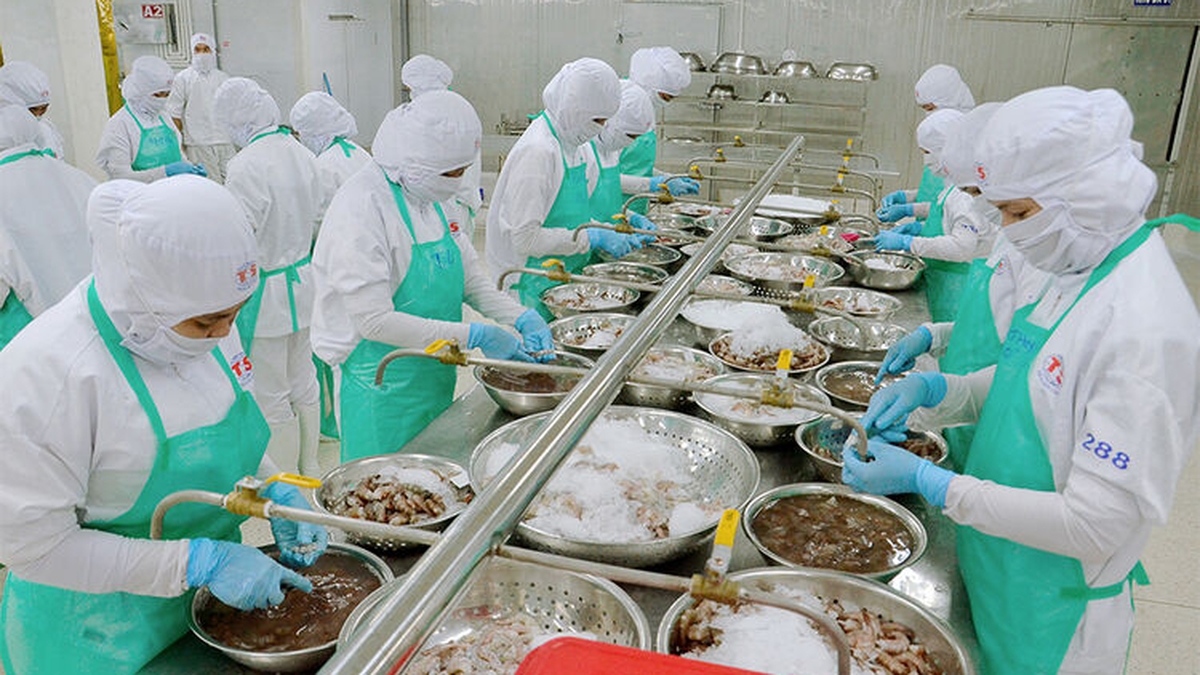


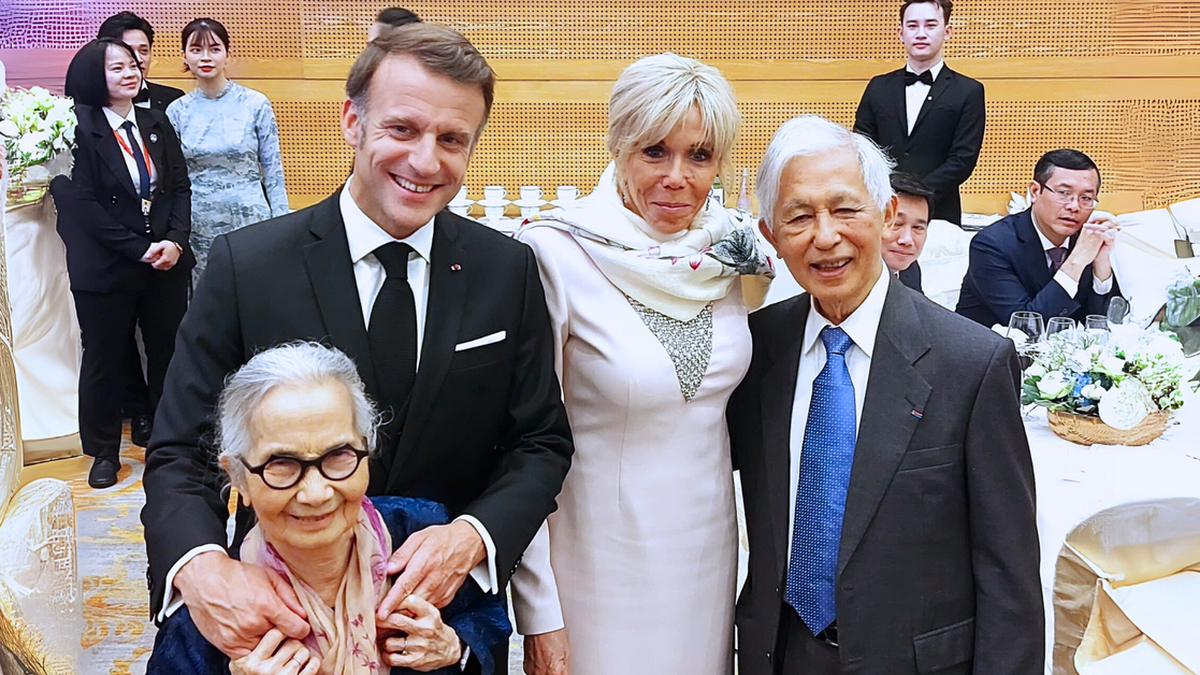
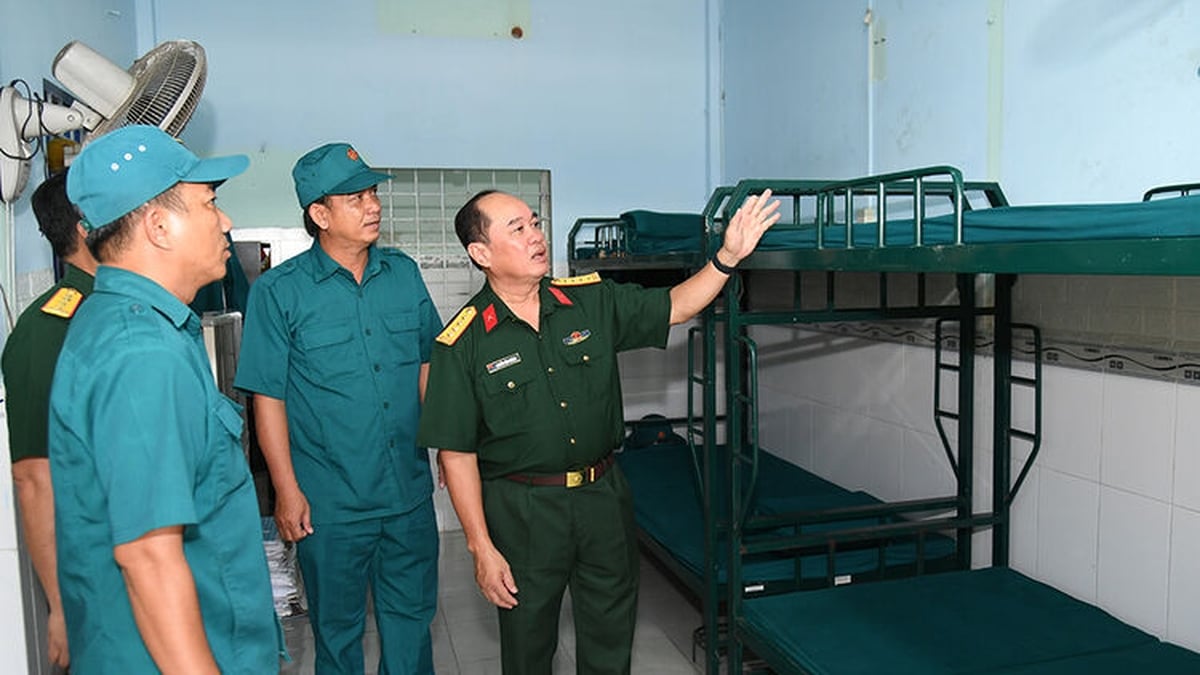

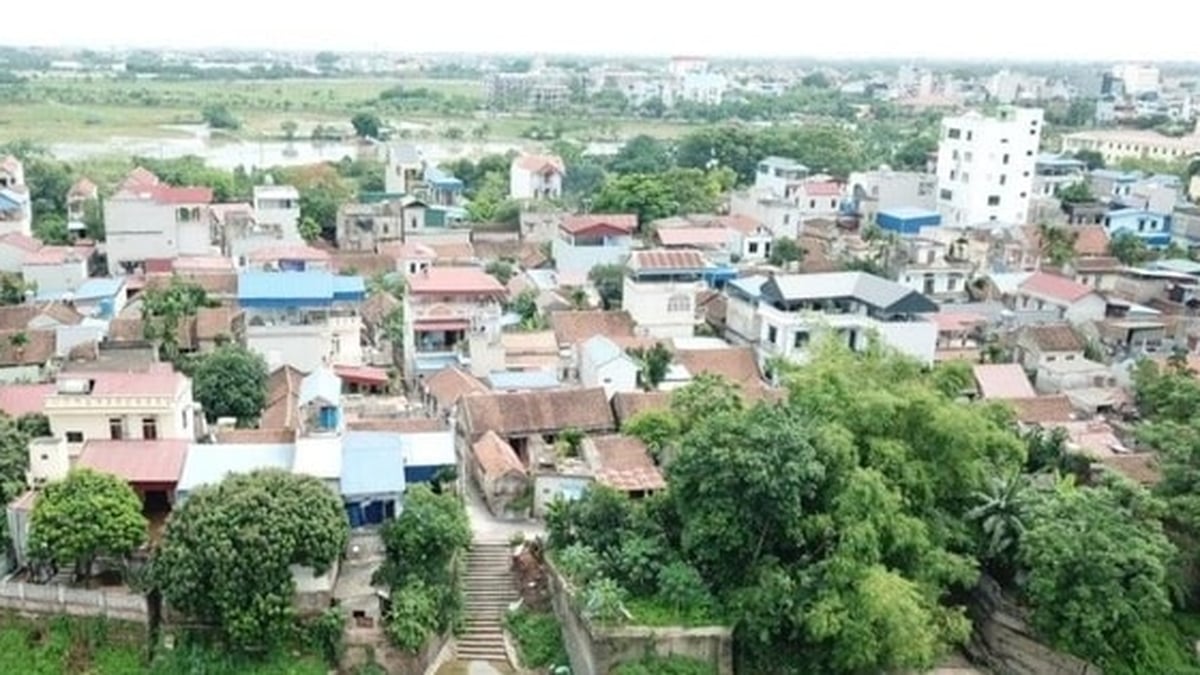

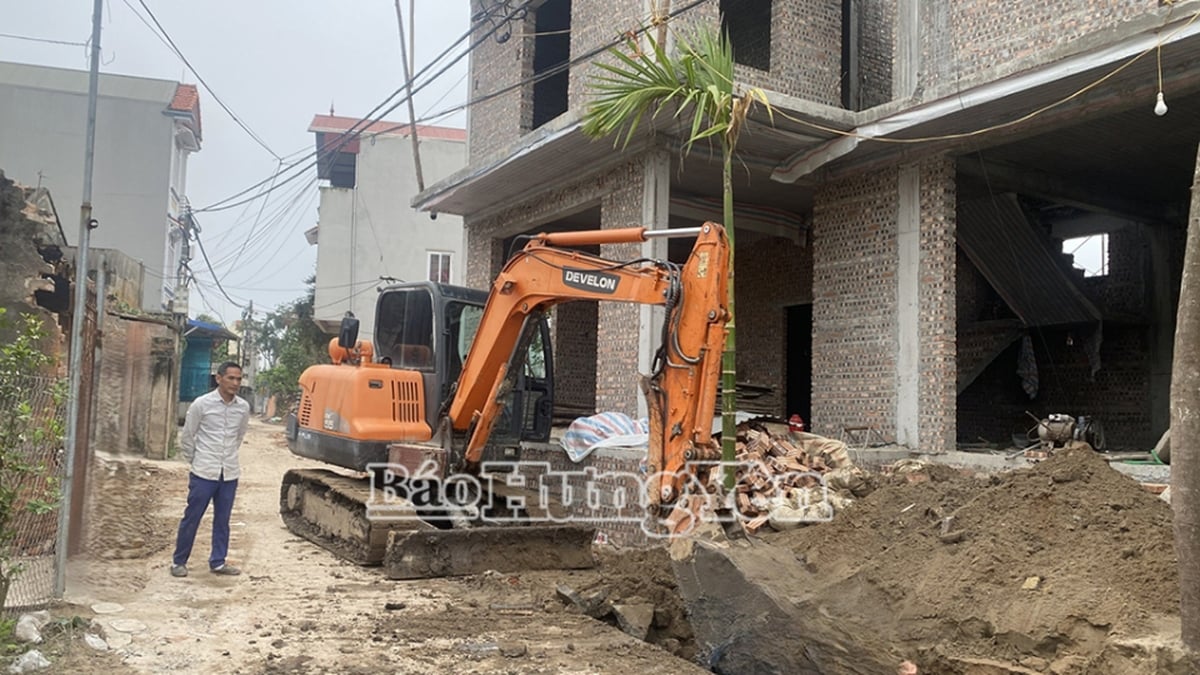
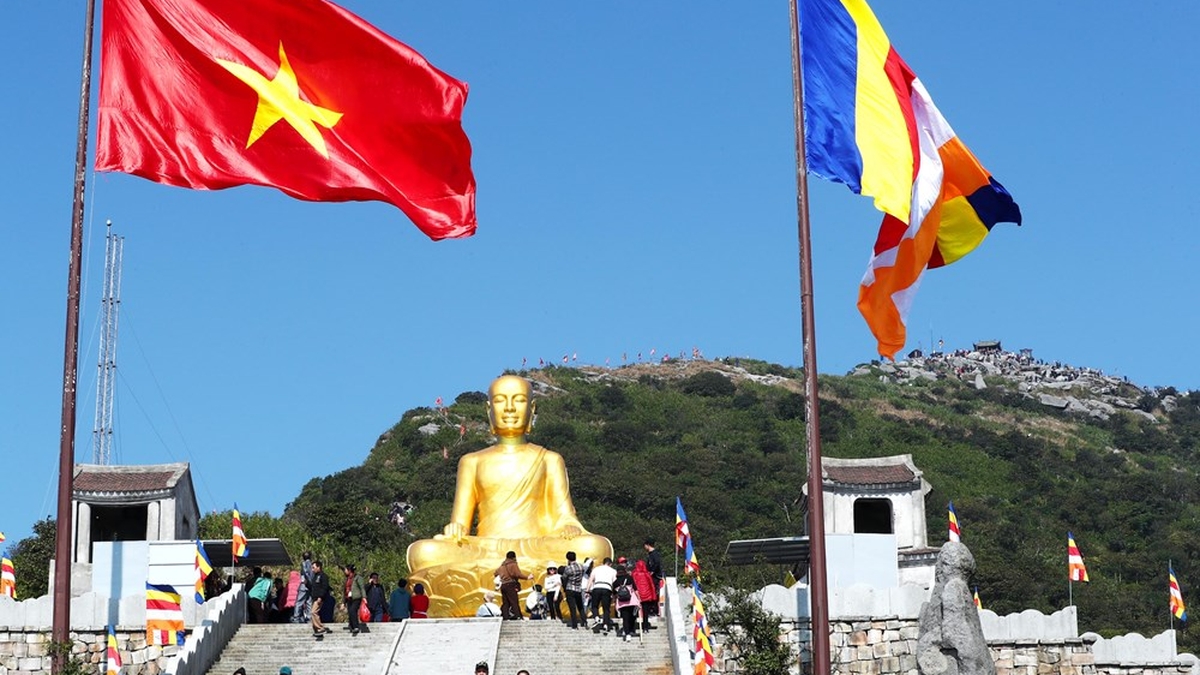


































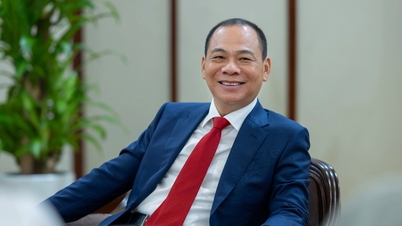







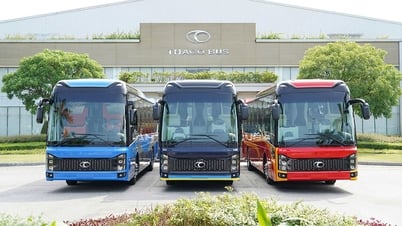


![[Maritime News] Treasury Department Targets Diverse Networks Facilitating Iran's Oil Trade](https://vphoto.vietnam.vn/thumb/402x226/vietnam/resource/IMAGE/2025/7/14/43150a0498234eeb8b127905d27f00b6)




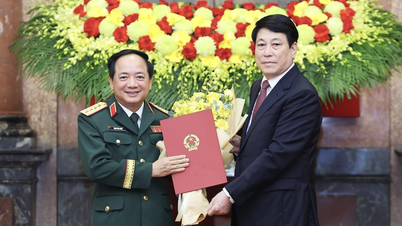
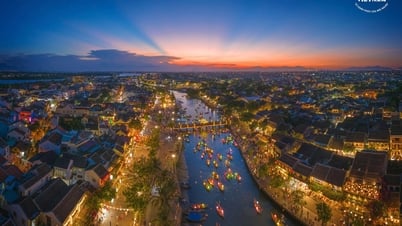

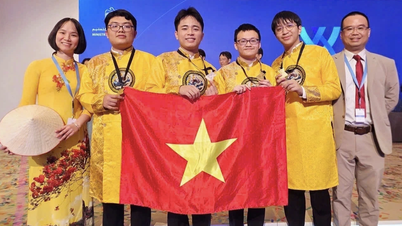
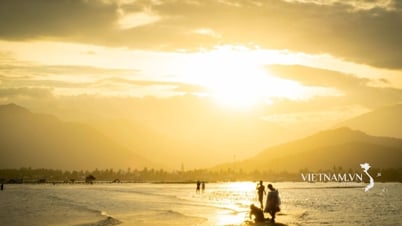


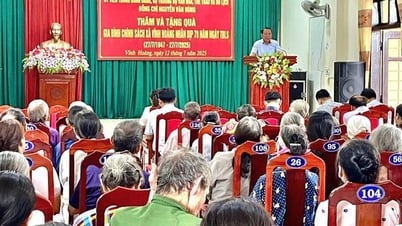
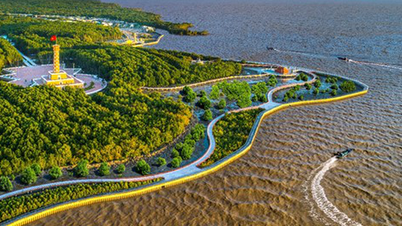
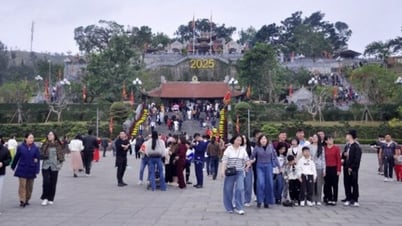
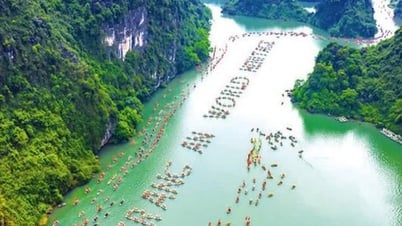
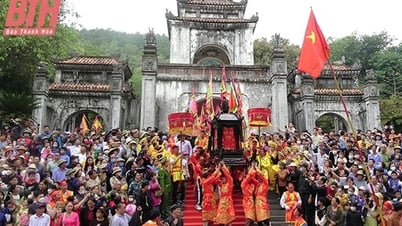
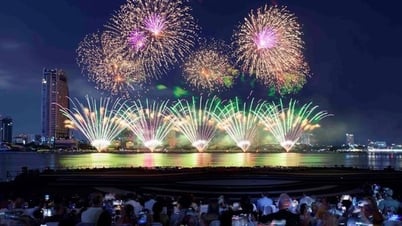























Comment (0)